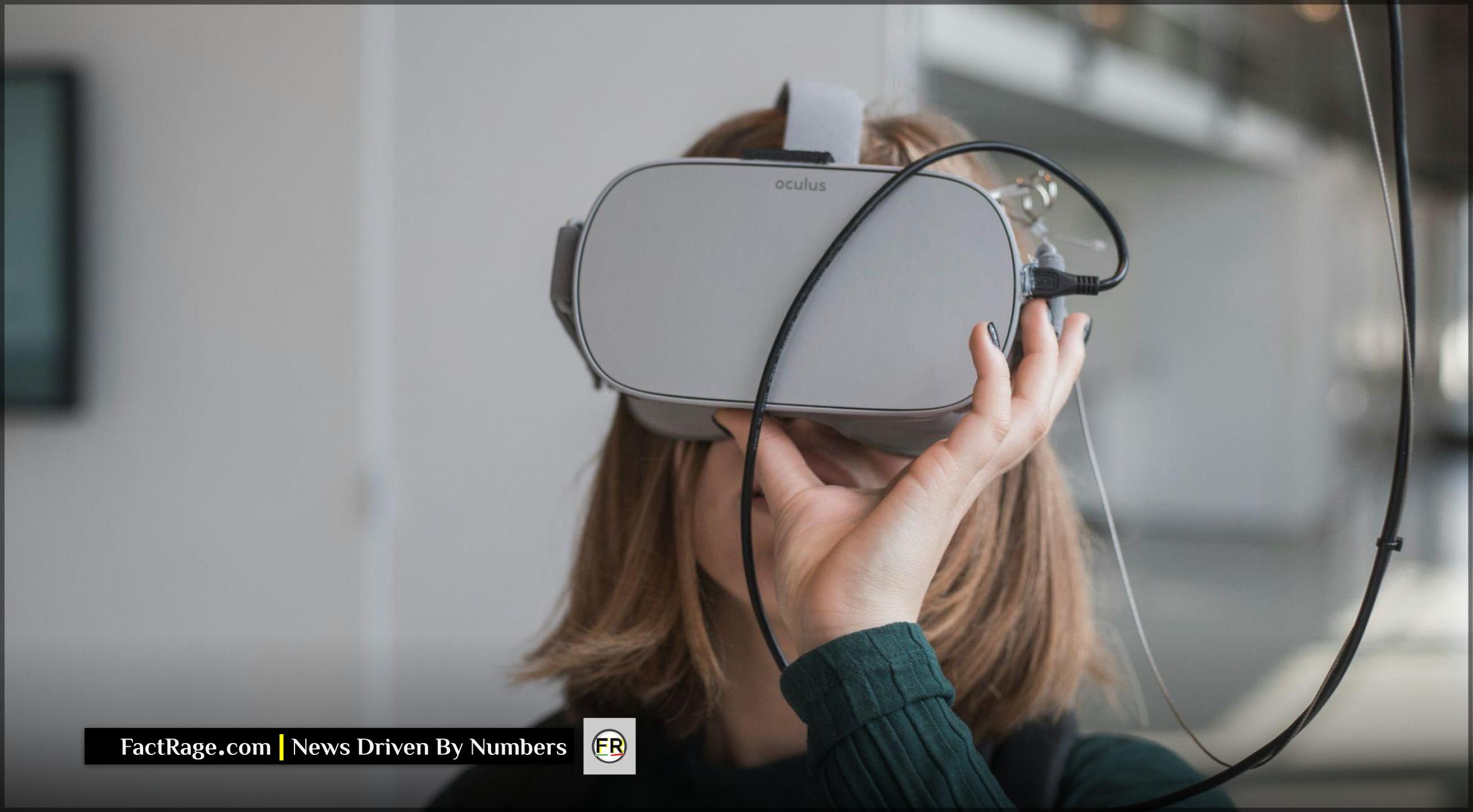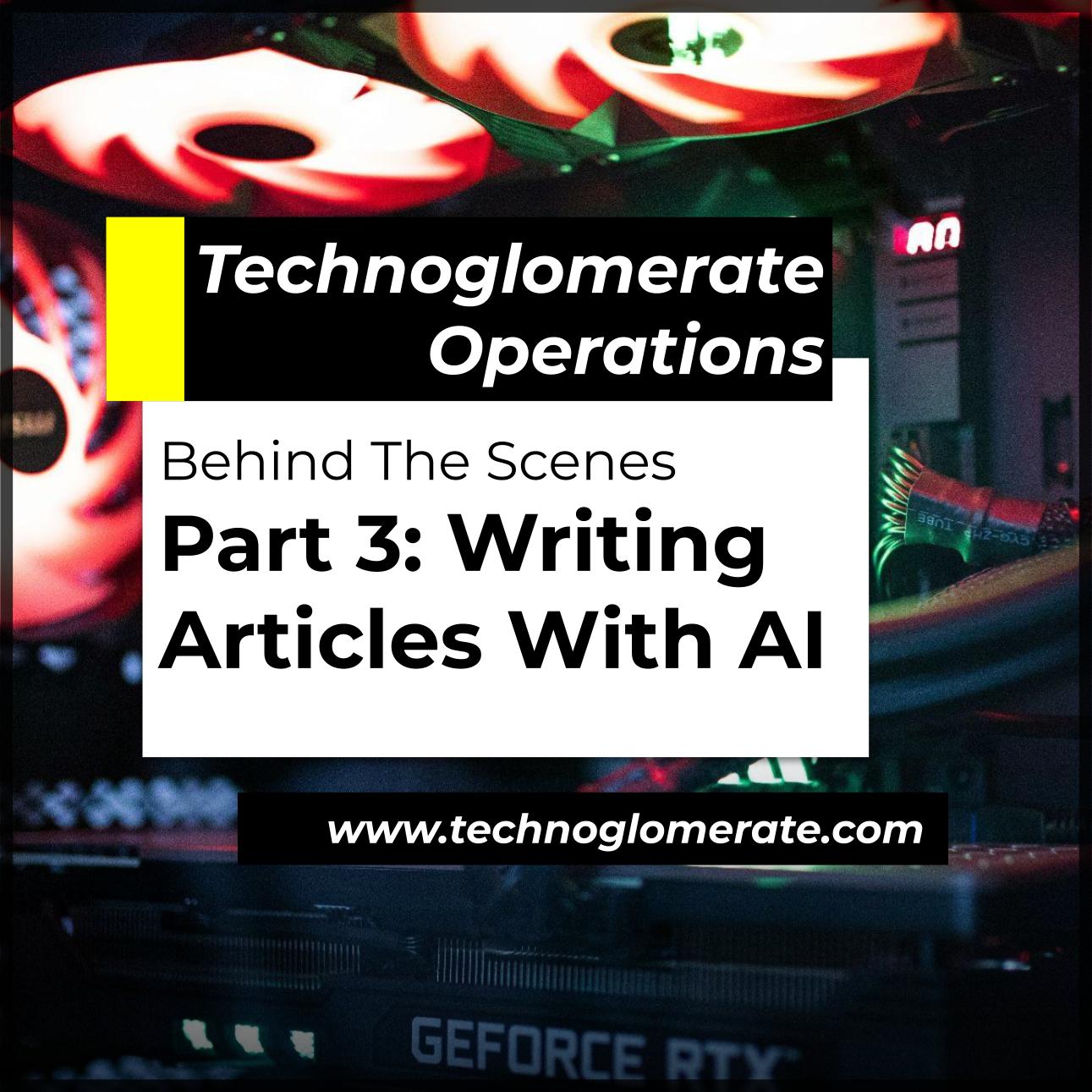DIGITAL – That familiar pang of anxiety from a “password compromise” notification and the futuristic intrigue of AI-powered sunglasses share a common thread: they are both symptoms of a rapidly evolving technological infrastructure that is becoming deeply intertwined with our daily lives, creating new conveniences and unforeseen vulnerabilities in equal measure.
- The Anatomy of a Breach – When massive password lists for services like Google surface, it’s rarely because Google’s own servers were hacked. The data often comes from users reusing passwords on smaller, less secure third-party websites that are easier for attackers to breach.
- The New Data Frontier – Emerging hardware like the Ray-Ban | Meta smart glasses are equipped with cameras, multi-microphone arrays, and on-board AI. These devices shift data collection from our fingertips on a keyboard to passive, real-time capture of the world around us.
- The Converging Risk – The true challenge lies in the convergence of these two trends. The compromising of a central digital account could one day grant access not just to stored emails and photos, but to the live-streaming sensors we wear on our bodies.
We are building a world where our digital and physical identities are merging. Understanding the architecture of this new reality, from the vast databases that store our credentials to the always-on sensors that perceive our environment, is crucial to navigating its profound implications.
Deconstructing the “Mega-Breach”

The headline “millions of Google passwords leaked” is understandably terrifying, but the mechanics behind it are often misunderstood. While direct attacks on tech titans are possible, the most common vector for password exposure is a technique called “credential stuffing.”
The process is simple but effective. Hackers breach a less secure target—an old online forum, a small e-commerce site, a third-party app you linked to your account years ago—and steal its user database of email and password pairs. They then use automated software to “stuff” these exact same credentials into the login portals of high-value targets like Google, Meta, and major banking institutions. Their success relies on a simple human habit: password reuse.
Your Google account’s security, therefore, is often only as strong as the weakest password you’ve used anywhere else on the internet. This creates a fragile, interconnected web where a single breach on a forgotten website can compromise the keys to your entire digital kingdom.
A New Kind of Vulnerability: The Sensor on Your Face
While credential stuffing exploits the vulnerabilities of our stored data, a new class of devices is changing the nature of data collection itself. The latest generation of smart glasses, developed by Meta in partnership with Ray-Ban, are not just wearable cameras; they are nascent AI platforms.
With the ability to see what you see and hear what you hear, these glasses can identify objects, translate languages, and answer questions about your surroundings in real time. The technology is a marvel of miniaturization, embedding powerful sensors into a form factor that is socially acceptable and always present.
This raises a new set of fundamental questions. What data is being processed, and where? Does the AI assistant process audio locally, or is it streamed to the cloud? If a device is constantly observing the world from a first-person perspective, what happens when that device is compromised? The security risk shifts from protecting data at rest in a database to protecting data in motion, captured live from a user’s own senses.
Connecting the Database to the Physical World

The ultimate societal impact—the “so what?” of this technological shift—lies at the intersection of these two trends. Today, a compromised account might lead to financial theft or identity fraud. Tomorrow, it could lead to something far more invasive.
Imagine a scenario where the credentials stolen from a minor website breach are successfully used to access a user’s central Meta account. This could grant an attacker access to the live feed from their smart glasses. The breach would no longer be about seeing old photos; it would be about seeing through another person’s eyes and hearing through their ears in real time.
This convergence creates a powerful new tool for social engineering, blackmail, and corporate espionage, turning the promise of a helpful AI assistant into a potential vector for unprecedented surveillance. As we continue to weave this powerful technology into the fabric of our lives, the challenge is not to fear innovation, but to rigorously question and secure the vast, vulnerable infrastructure it is built upon.












